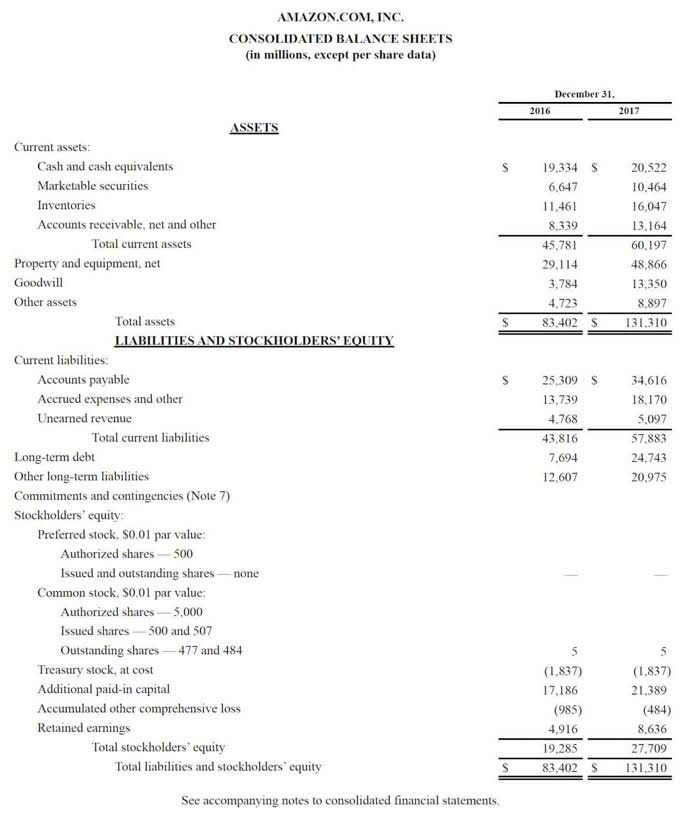
These numbers might differ based on the chosen inventory valuation method in an increasing or decreasing price environment. As the name suggests, it assumes that the value of the sold item is the value of the first item that went into the inventory. This method aims to ensure that the inventory value is as close as possible to the price of the purchased items.
- For all other noncovered shares, we’ll first sell the shares for which we don’t have an acquisition date, followed by the shares with the earliest acquisition date.
- The opposite of FIFO is LIFO (Last In, First Out), where the last item purchased or acquired is the first item out.
- By ensuring that the oldest items are sold or used first, companies can drastically reduce the chances of having to write off inventory due to spoilage or obsolescence.
- If we apply the FIFO method in the above example, we will assume that the calculator unit that is first acquired (first-in) by the business for $3 will be issued first (first-out) to its customers.
- First, we add the number of inventory units purchased in the left column along with its unit cost.
- Your products, country, tax expectations, financial reporting objectives, and industry norms will help you define what inventory accounting method is right for your business.
First In First Out (FIFO) Comparison with Other Inventory Methods (e.g., LIFO, Average Cost)
As with mutual fund shares, we’ll report the basis of the noncovered shares to you, if we know it, but won’t send it to the IRS. You don’t need to hand-select which shares to sell because we’ll automatically sell the oldest shares first. Our mission is to first in first out formula empower readers with the most factual and reliable financial information possible to help them make informed decisions for their individual needs. At Finance Strategists, we partner with financial experts to ensure the accuracy of our financial content.

What’s the difference between inventory management and warehouse management?
To make your search easier, we’ve narrowed it down to these twelve picks. But when using the first in, first out method, Bertie’s ending inventory value is higher than her Cost of Goods Sold from the trade show. This is because her newest inventory cost more than her oldest inventory. Yes, ShipBob’s lot tracking system is designed to always ship lot items with the closest expiration date and separate out items of the same SKU with a different lot number. ShipBob is able to identify inventory locations that contain items with an expiry date first and always ship the nearest expiring lot date first.
- For FIFO success, you need effective collaboration and communication strategies–not just with your employees, but also with suppliers across your supply chain.
- CFI is a global provider of financial analyst training and career advancement for finance professionals, including the Financial Modeling & Valuation Analyst (FMVA)® certification program.
- As mentioned above, inflation usually raises the cost of inventory as time goes on.
- Statements are more transparent, and it is harder to manipulate FIFO-based accounts to embellish the company’s financials.
- Though it’s one of the easiest and most common valuation methods, FIFO can have downsides.
- Its counterparts include Last In, First Out (LIFO) and Average Cost Method.
FIFO Method of Costing: Explanation
In some cases, a business may use FIFO to value its inventory but may not actually move old products first. If these products are perishable, become irrelevant, or otherwise change in value, FIFO may not be an accurate reflection of the ending inventory value that the company actually holds in stock. FIFO is popular among companies because it simplifies tracking the flow of costs—the goods purchased first are the ones sold first. Whether you need an eagle eye into the hundreds of items you sell or if you just want to stay on top of your stock, there’s an inventory management solution that’s right for you.
Financial reporting standard is another difference between these inventory valuation methods. When prices are rising, First In First Out tends to increase the value of ending inventory on the balance sheet, reflecting a higher current asset value. This, in turn, leads to a higher net income reported on the income statement since the cost of goods sold (COGS) is based on the older, typically cheaper inventory. Conversely, in a deflationary environment, First In First Out can lead to lower net income figures. To illustrate the impact of First In First Out , consider a company that implemented this method and saw a 15% improvement in inventory accuracy.
What is the FIFO method?
- In the following example, we will compare FIFO to LIFO (last in first out).
- Average cost inventory is another method that assigns the same cost to each item and results in net income and ending inventory balances between FIFO and LIFO.
- The inventory methods used by the companies whose stock is publicly traded are under the Summary of Significant Accounting Policies Form 10-K.
- By reflecting lower inventory costs in COGS, FIFO can result in higher profits, improved financial statements, and potentially reduced tax liabilities.
- Because the value of ending inventory is based on the most recent purchases, a jump in the cost of buying is reflected in the ending inventory rather than the cost of goods sold.
- Training staff to adhere strictly to FIFO procedures is also crucial, as deviations can lead to inaccuracies in inventory valuation and financial reporting.
- This means that the business’s oldest inventory gets shipped out to customers before newer inventory.
The average cost inventory valuation method uses an average cost for every inventory item when calculating COGS and ending inventory value. But the FIFO method is also an easy, transparent way to calculate your business’s cost of goods sold. In an inflationary economy, FIFO maximizes your profit margin and assigns the most current market value to your remaining inventory.


Sign up to our free newsletter to receive the latest industry news, expert advice, and productivity tips,delivered to your inbox every Wednesday. Sign up to receive more well-researched small business articles and topics in your inbox, personalized for you. To illustrate how to calculate ending inventory and COGS, let’s assume the following information. You omnichannel fulfillment partner that’s an extension of your brand, from unboxings to 2-day shipping. FIFO is also the option you want to choose if you wish to avoid having your books placed under scrutiny by the IRS (tax authorities), or if you are running a business outside of the US.

